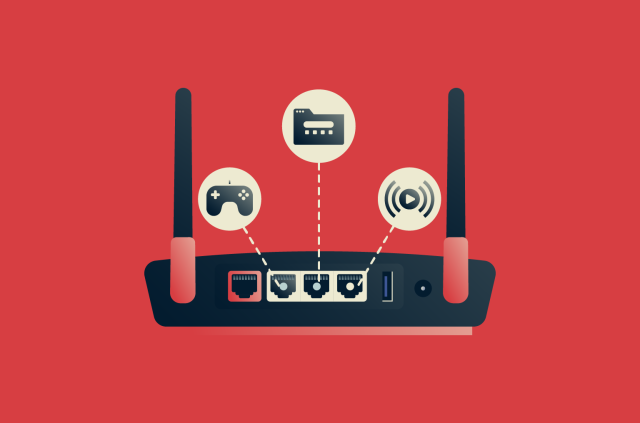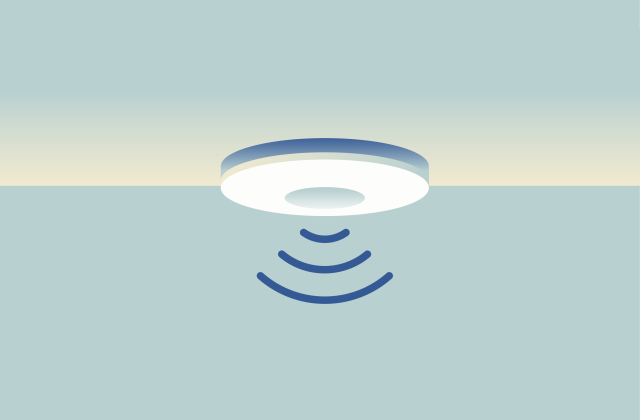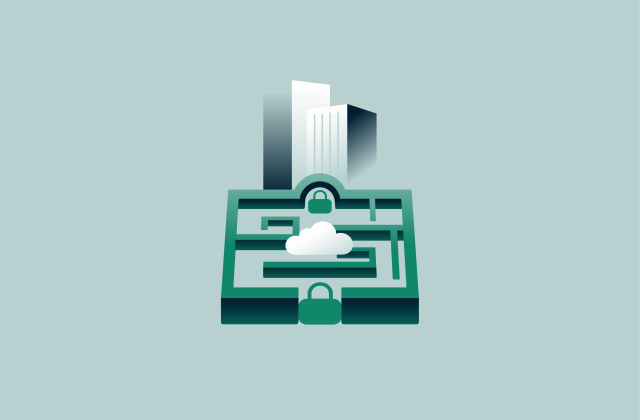Does a VPN work without Wi-Fi?
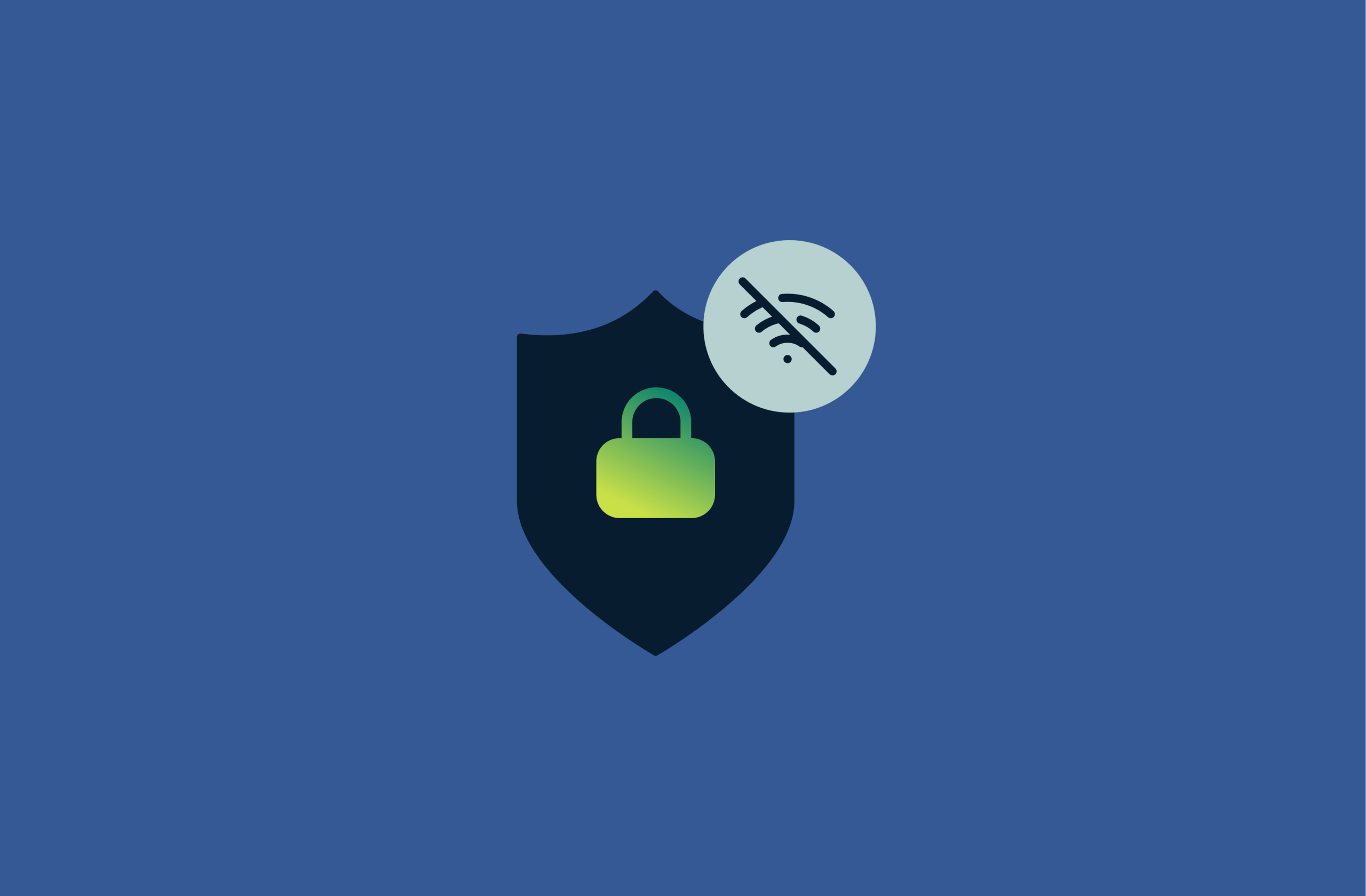
A virtual private network (VPN) needs some form of network connection to work, but it doesn’t have to be Wi-Fi. For most people, that means using it over the internet, whether through home broadband, mobile data (4G or 5G), or a wired connection. In more specialized setups, VPNs can also run entirely within a private network, such as in lab environments or between isolated network segments.
This article explains how VPNs work across different types of connections and how your privacy stays protected when switching between networks. We also share practical ways to stay secure and manage data use when Wi-Fi isn’t an option.
How a VPN works (simplified explanation)
A VPN creates an encrypted tunnel from your device to a VPN server that all your online traffic travels through. The encrypted tunnel keeps your online data and activity private from anyone that might try to monitor or intercept it.
Once your data reaches the VPN server, the server sends it on to the website/app you want to access. The site sees the VPN server’s IP address rather than your device’s, so from the site’s point of view, you appear to be connecting from the VPN server’s location. Your true location remains hidden.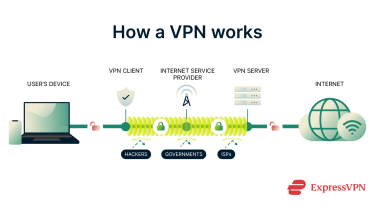
How VPN encryption protects your data
When you use a VPN, your data is encrypted before it leaves your device. Encryption scrambles the information into unreadable ciphertext using complex algorithms. If someone, like a cybercriminal, tries to intercept that data, all they’ll see is a jumble of random characters instead of your data. Only the VPN server (and your device) has the special “key” to unlock and read the encrypted information.
Most VPNs use advanced encryption protocols such as 256-bit Advanced Encryption Standard (AES) or ChaCha20, both designed to make your data very difficult to decipher.
VPN tunneling explained
VPN tunneling is the process of creating a secure pathway for your data to travel between your device and the VPN server. Different VPN protocols, like OpenVPN, WireGuard, and IKEv2, determine how this tunnel is built, secured, and optimized.
Why a VPN still needs internet access
A VPN isn’t a source of internet connectivity. It can only work on top of an existing internet connection, which it uses to communicate with its servers and route your traffic securely. If your device can’t reach the internet at all, the VPN has no way to connect and send traffic to the VPN server, and as a result, it can’t create the VPN tunnel.
Using a VPN without Wi-Fi: Your connection options
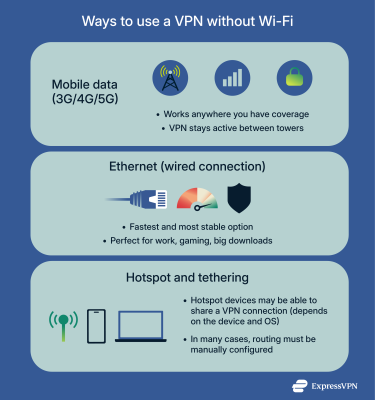
Mobile data (3G/4G/5G)
Mobile data is an especially convenient way to use a VPN if you’re on the go. When you’re on mobile data, the VPN connection stays active even as your device moves between cell towers or changes signal zones. Modern VPNs handle these quick transitions automatically, keeping the encrypted session running. Protocols designed for mobility, such as Lightway, WireGuard, and IKEv2, are especially good at staying stable during signal changes.
Performance may be less stable than Wi-Fi because cellular speeds depend on coverage, tower load, and signal quality. You might also notice slightly higher battery use since mobile connections require more power to maintain. In addition, using this connection method naturally uses up mobile data, so you may have to deal with extra charges or data caps depending on your phone provider.
How VPN encrypts mobile traffic
A VPN encrypts mobile data the same way it does on any other network. It’s worth noting that the VPN encrypts your traffic before it reaches your carrier. This means the carrier can see that you’re connected to a VPN server, but not what you’re doing online.
Modern VPNs are built to protect all types of mobile network traffic, ensuring that nothing leaks outside the encrypted connection.
Ethernet connection
An Ethernet connection is generally the most stable and consistent option for VPNs. Because it’s a direct, wired link, you avoid issues that affect Wi-Fi, such as interference and poor signal strength. The result is lower latency, consistent speeds, and a more reliable connection.
You can use a VPN through Ethernet on any device that supports a wired connection. However, keep in mind that some devices don’t natively support VPN apps, such as gaming consoles and some smart TVs. In these situations, you’ll need to install and configure a VPN on your router or purchase a specialized VPN router (like ExpressVPN’s Aircove) so that they can benefit from both the VPN and a wired connection.
3. Hotspot and tethering connections
Tethering lets one device share its internet connection with another. The device sharing the internet connection becomes a hotspot that other devices can connect to.
If your hotspot device is connected to a VPN, it might be able to share that VPN connection with other devices, but this depends heavily on the device and OS. Most phones do not share the VPN tunnel by default. Windows computers can share a VPN connection through a configured hotspot, and some devices allow it with additional setup.
In many cases, the VPN will only protect the device it’s installed on unless routing is manually configured.
Keep in mind that the local connection between your devices and the hotspot isn’t encrypted by the VPN. All traffic from the hotspot device to the internet is encrypted, which includes the traffic of every device connected to the hotspot.
Common misconceptions about VPNs and Wi-Fi
Myth: A VPN makes me anonymous on Wi-Fi
Reality: It doesn’t. A VPN hides your IP from websites and encrypts traffic on the path to the VPN server, but it doesn’t erase account logins, cookies, or browser fingerprints.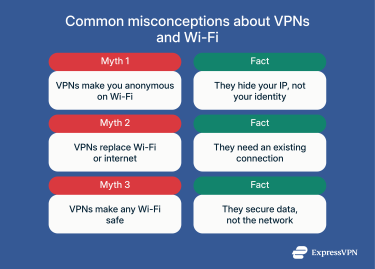
Myth: A VPN only protects Wi-Fi
Reality: When the VPN is active and routing the traffic, the encryption applies regardless of how you’re connected.
Myth: Using a VPN makes any Wi-Fi safe
Reality: VPNs can’t protect you from every risk that comes from connecting to a malicious network or compromised router, but it does make it very difficult for attackers to exploit the protected device.
How to limit data usage on a VPN
VPNs increase data usage, but you can minimize this effect with the following methods.
Pause the VPN when you don’t need protection
If you are on a trusted home network and running tasks that do not involve sensitive data, you can disconnect the VPN to reduce overhead. Reconnect it before you use apps that handle personal information or connect to unfamiliar networks.
Choose the right protocol
Some VPN protocols are designed to keep data usage to a minimum, while it’s less of a focus in others. Modern protocols like Lightway tend to be more efficient than options like OpenVPN.
Use split tunneling
Split tunneling lets you choose which apps use the VPN and which use your regular internet connection. If you must conserve data, route only the apps that need privacy through the VPN and leave non-sensitive services outside the tunnel. That way, you can minimize the data overhead from the VPN.
That said, it’s best to use this with care as anything outside the tunnel is not protected by the VPN. To avoid security risks, keep browsers, messaging apps, and work apps inside the tunnel.
Additional habits that help:
- Disable HD streaming: Lowering playback quality can dramatically reduce data use without significantly affecting the viewing experience on smaller screens. Many platforms also let you set a default resolution or enable “data saver” mode to lower data usage. It can also help to turn off auto-play for video content on social media platforms.
- Download ahead of time on Wi-Fi: If you know you’ll be on mobile data later, download maps, music, podcasts, and software updates while on home or office Wi-Fi. Then use mobile data for lighter tasks during the day. This avoids large transfers passing through the VPN when you’re away from Wi-Fi.
- Manage cloud sync and backup frequency: Apps like photo backup, file sync, and note syncing run quietly in the background and can move large amounts of data. On metered connections, pause non-essential syncing and let it resume automatically when you return to Wi-Fi. This keeps your files up to date without consuming mobile data unnecessarily.
- Block background data on mobile: Turn off background data for apps that do not need it. This can significantly lower data consumption.
- Avoid double encryption: Some VPNs offer “multi-hop” or “double VPN” modes, which route your traffic through two or more servers for extra privacy. While useful in specific use cases, this setup doubles the encryption workload, meaning more data sent and received, slower speeds, and higher data consumption. For everyday use, a single, secure VPN connection is more than enough protection.
FAQ: Common questions about using a VPN without Wi-Fi
Does a VPN work with mobile data?
Yes. A VPN works on mobile data the same way it does on Wi-Fi. Your device encrypts the traffic first, then sends it through your mobile carrier.
Can a VPN replace Wi-Fi entirely?
No. A VPN does not provide internet access. It uses your existing connection, whether that is mobile data, Wi-Fi, or Ethernet. If there is no network available, the VPN cannot connect.
How does a VPN protect you on public networks?
On public Wi-Fi, multiple devices share the same network. Without protection, others on that network could attempt to monitor unencrypted traffic. When the VPN is active, it encrypts the data before it reaches the Wi-Fi network. This prevents people on the same hotspot from viewing your browsing activity.
Why does a VPN slow down internet speed?
A VPN encrypts your traffic and sends it through a VPN server before its final destination, which can add some delay. On networks with good signal strength and low congestion, the difference is usually small.
How do I choose the best VPN protocol for mobile data?
Choose a protocol that stays stable when signal strength changes. Lightweight options like Lightway or WireGuard often perform more smoothly on mobile networks.
Take the first step to protect yourself online. Try ExpressVPN risk-free.
Get ExpressVPN








